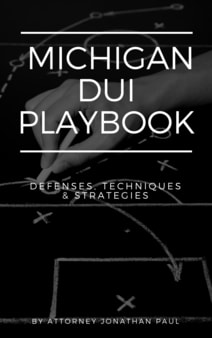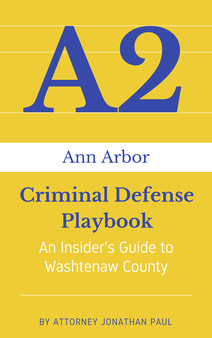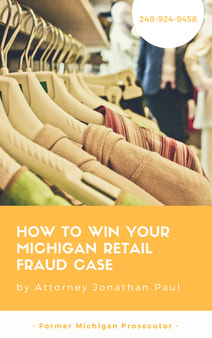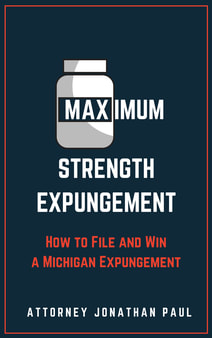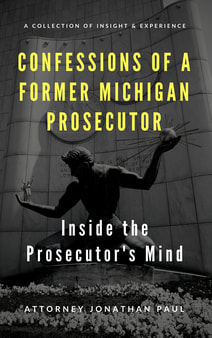Here are the jury instructions used in a Retail Fraud case in Michigan. These instructions are used for one, second or third degree. First degree is a felony. Second degree is between $200-$1000 and third degree is anything under $200.
(1) The defendant is charged with retail fraud in the [first / second / third] degree. To prove this charge, the prosecutor must prove each of the following elements beyond a reasonable doubt:
(2) First, that the defendant took some property that the store offered for sale.
(3) Second, that the defendant moved the property. Any movement is enough. It does not matter whether the defendant actually got the property past the cashier or out of the store.
(4) Third, that the defendant intended to steal the property.1 By “intended to steal,” I mean that the defendant intended to permanently take the property from the store without the store’s consent.2
(5) Fourth, that this happened either inside the store or in the immediate area around the store, while the store was open to the public.
(6) Fifth, that the price of the property was - (this is where the degrees would come into play)
[Choose only one of the following unless instructing on lesser offenses:]
(a) $1,000 or more.
(b) $200 or more, but less than $1,000.
(c) some amount less than $200.
(1) The defendant is charged with retail fraud in the [first / second / third] degree. To prove this charge, the prosecutor must prove each of the following elements beyond a reasonable doubt:
(2) First, that the defendant took some property that the store offered for sale.
(3) Second, that the defendant moved the property. Any movement is enough. It does not matter whether the defendant actually got the property past the cashier or out of the store.
(4) Third, that the defendant intended to steal the property.1 By “intended to steal,” I mean that the defendant intended to permanently take the property from the store without the store’s consent.2
(5) Fourth, that this happened either inside the store or in the immediate area around the store, while the store was open to the public.
(6) Fifth, that the price of the property was - (this is where the degrees would come into play)
[Choose only one of the following unless instructing on lesser offenses:]
(a) $1,000 or more.
(b) $200 or more, but less than $1,000.
(c) some amount less than $200.

